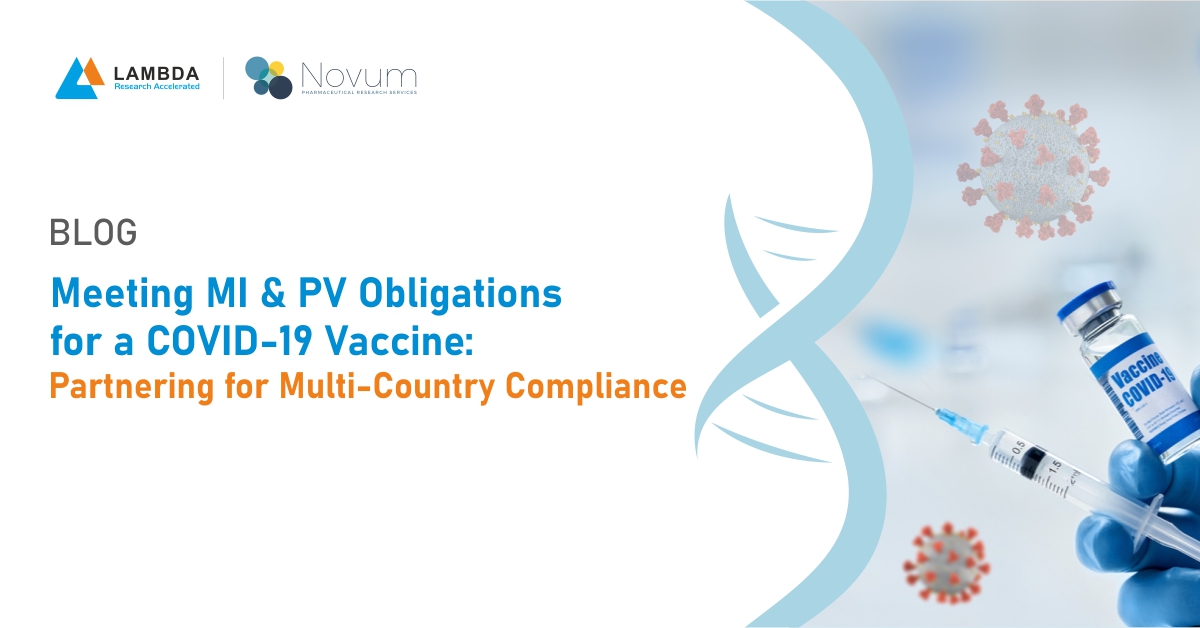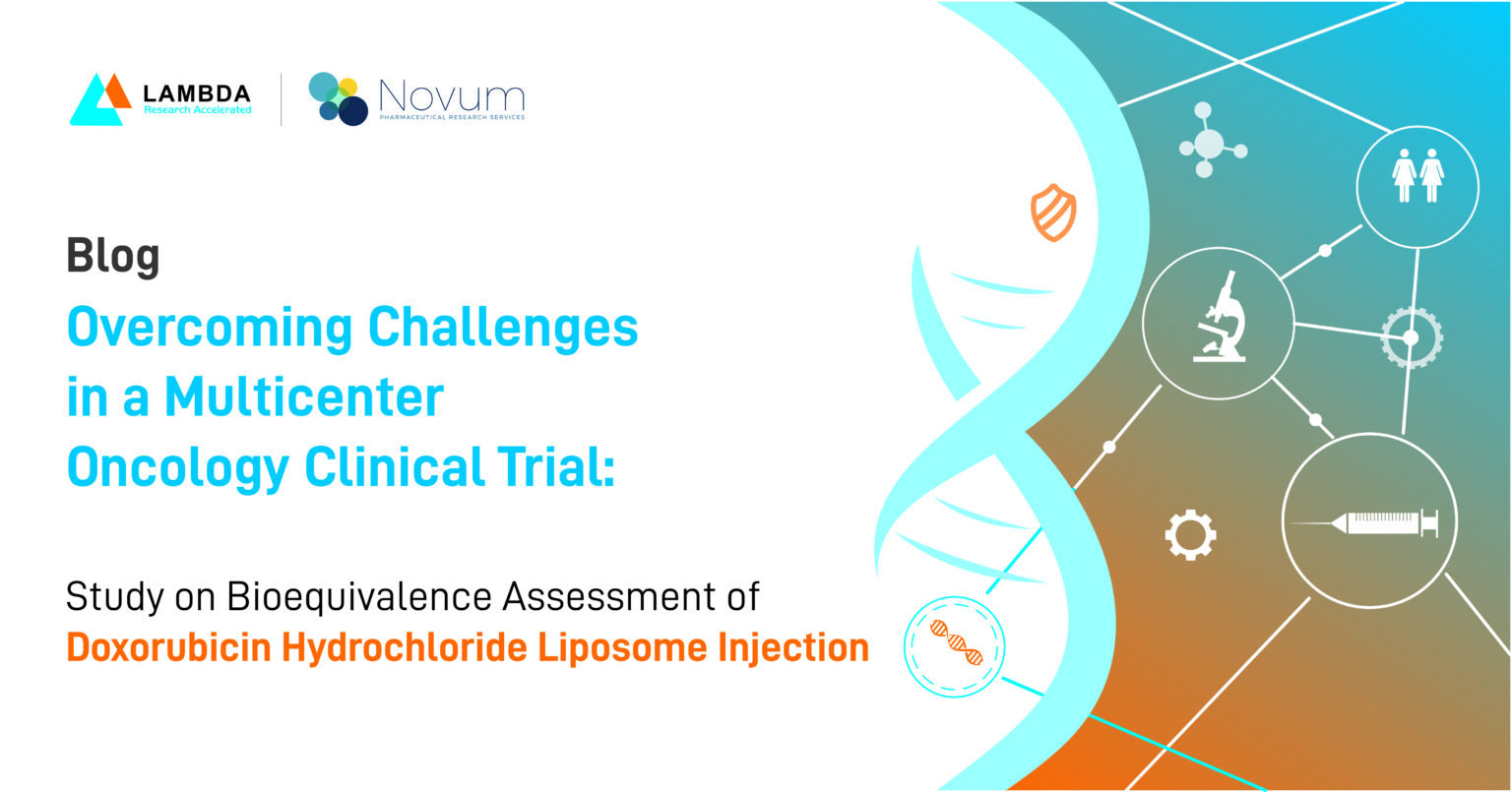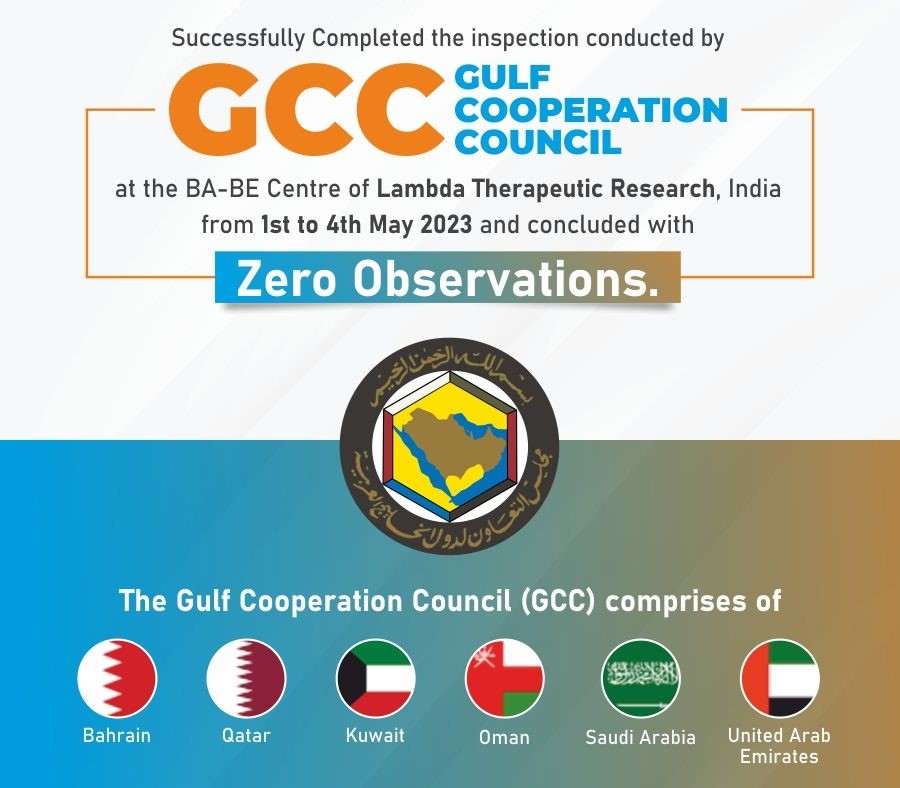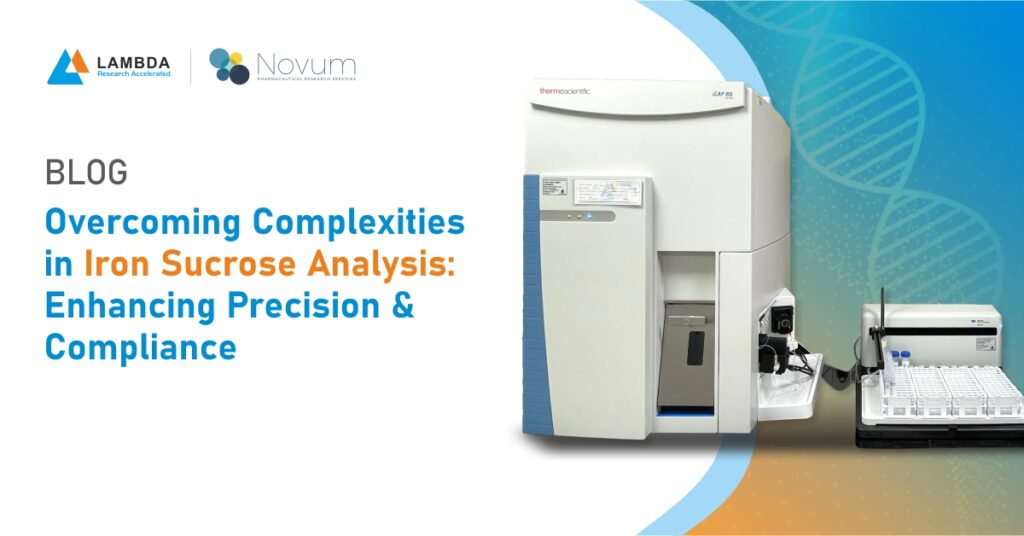Discover how our team overcame complexities in analyzing iron sucrose, a crucial formulation for treating anemia, by developing and implementing innovative bioanalytical methods using Inductively Coupled Plasma Mass Spectrometry (ICP-MS). By overcoming the complexities, Lambda not only ensured compliance with regulatory requirements but also enhanced analytical sensitivity for precise iron sucrose analysis.
Challenges:
- Complex Drug Bound Iron Measurement: The regulatory requirement for measuring the PK of the iron product is to measure serum levels of Drug Bound Iron (DI). However, Drug bound iron measurement is complex in the case of iron sucrose. We developed the methods for Total Iron (TI) and Transferrin Bound Iron (TBI) and Drug Bound Iron (DI) shall be calculated using the difference between Total Iron (TI) and Transferrin Bound Iron (TBI).
- Matrix Selection: Choosing a suitable matrix for the calibration standards and quality control samples posed limitations, requiring careful consideration to ensure accurate and reliable results.
- Endogenous Iron Levels: Serum from healthy volunteers already has a significant level of endogenous iron. Additionally, the endogenous level is close to the required LLOQ.
Solutions:
- ICP-MS Methodology: Methods were developed and validated on the ICP-MS instrument. The ICP-MS platform is more selective, sensitive, and compliant with 21 CFR Part 11.
- Matrix Selection for CC/QCs: Authentic serum was chosen as the matrix for calibration standards and quality control samples, ensuring better resemblance to the study samples.
- Background Subtraction Approach: To account for endogenous iron levels, a background subtraction approach was utilized to calculate the concentration of the analyte accurately.
Key Outcomes:
- Method Validation: Robust methods were developed and successfully validated for measuring Total Iron (TI) and Transferrin Bound Iron (TBI) in serum samples, with a lower limit of quantification set at 0.5 μg/mL.
- Pilot Clinical Study: The validated methods were utilized to analyze serum samples for TI and TBI levels in a pilot clinical study, providing valuable insights into the pharmacokinetics of the iron sucrose product.
- Efficiency Quality Controls: Additional efficiency quality control samples were prepared using an iron sucrose formulation at various concentration levels to ensure method robustness and mimic the conditions of the study samples.
In addition, the methods complied with regulatory requirements for measuring both Total Iron and Transferrin Bound Iron in serum, ensuring the accuracy and reliability of the analytical data.
To learn more about our experience and capabilities for Bioanalysis and biosimilars, please click here.
















